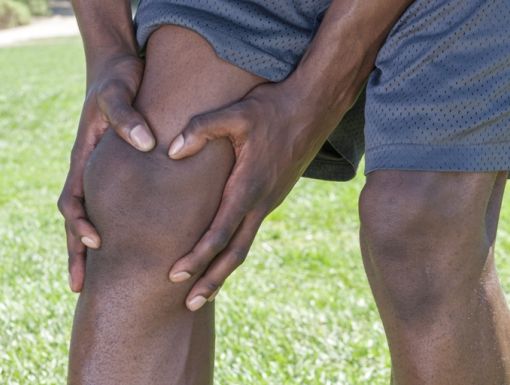
The Aging Spine and Available Treatments
Lower back and neck pain can become a persistent condition that can cause physical pain, psychological distress and depression. Nearly 85% of all Americans suffer from low back pain, and up to 20% suffer specifically from neck pain.
The spine includes muscles, tendons and ligaments that provide support and movement. These tissues can spasm or become strained, which is a common cause of lower back and/or neck pain and stiffness. Sources of spinal pain can include:
- Muscles
- Tendons
- Bones
- Joints
- Discs
- Nerves
In between the spinal vertebrae are discs that give flexibility and movement to the lower back and neck. These discs may herniate or degenerate from wear and tear over time or from a traumatic injury. A number of degenerating spinal conditions may encroach on the spinal canal and can affect either the spinal cord or the nerve roots causing neurological symptoms, such as muscle weakness, numbness or pain in the arms or legs.
Conservative management treatments for pain that usually lasts four to six weeks include:
- Medications including an anti-inflammatory, muscle relaxant or oral steroid
- Physical therapy
- Nerve block and steroid injection, which helps clarify the diagnosis and provide pain relief
- Other modalities include chiropractic manipulations and acupuncture, as well as exercise treatments including swimming, yoga and Pilates
Good posture can go a long way. If your profession causes you to sit at a desk or use a computer for most of the day, here are some tips to help support a healthy back and spine.
- Keep your head up. The monitor should be 2-3 inches above eye level.
- Have your computer mouse close to eliminate over-reaching or twisting your shoulder.
- Plant your feet shoulder-width apart, keeping your knees at a 90-degree angle.
- Take breaks. Get up and walk around at least once an hour.
At Ochsner, neurosurgeons use state-of-the-art technology for all aspects of spinal disorders, including intra-operative CT-scan, navigation and robotics to perform less invasive surgery.
Our priority is to help you regain your quality of life. The techniques we use are faster, safer and require less recovery time than traditional open spine surgery.
The Latest Technology & Award-Winning Quality Care. Learn how we’re leading the way in back and spine care.
Minimally invasive spine surgery offers better cosmetic results from smaller skin incisions. It reduces blood loss and muscle damage since the muscle fibers are dilated to access the spine. Minimally invasive spine surgery preserves the integrity of important ligaments and promotes long-term spine stability. After such procedures, the risk of infection and the reliance on pain medications are reduced.
We use minimally invasive spine surgery procedures to treat a variety of conditions such as lumbar disc herniation, lumbar stenosis, degenerative scoliosis, cervical foraminal stenosis, spinal infections, spinal instability, vertebral compression fractures and spinal tumors. We use tubular retractors to perform microdiscectomy, spinal decompression and tumor resection. Interbody fusion for stabilization of degenerative conditions such as scoliosis and spondylolisthesis can also be performed through these procedures.



